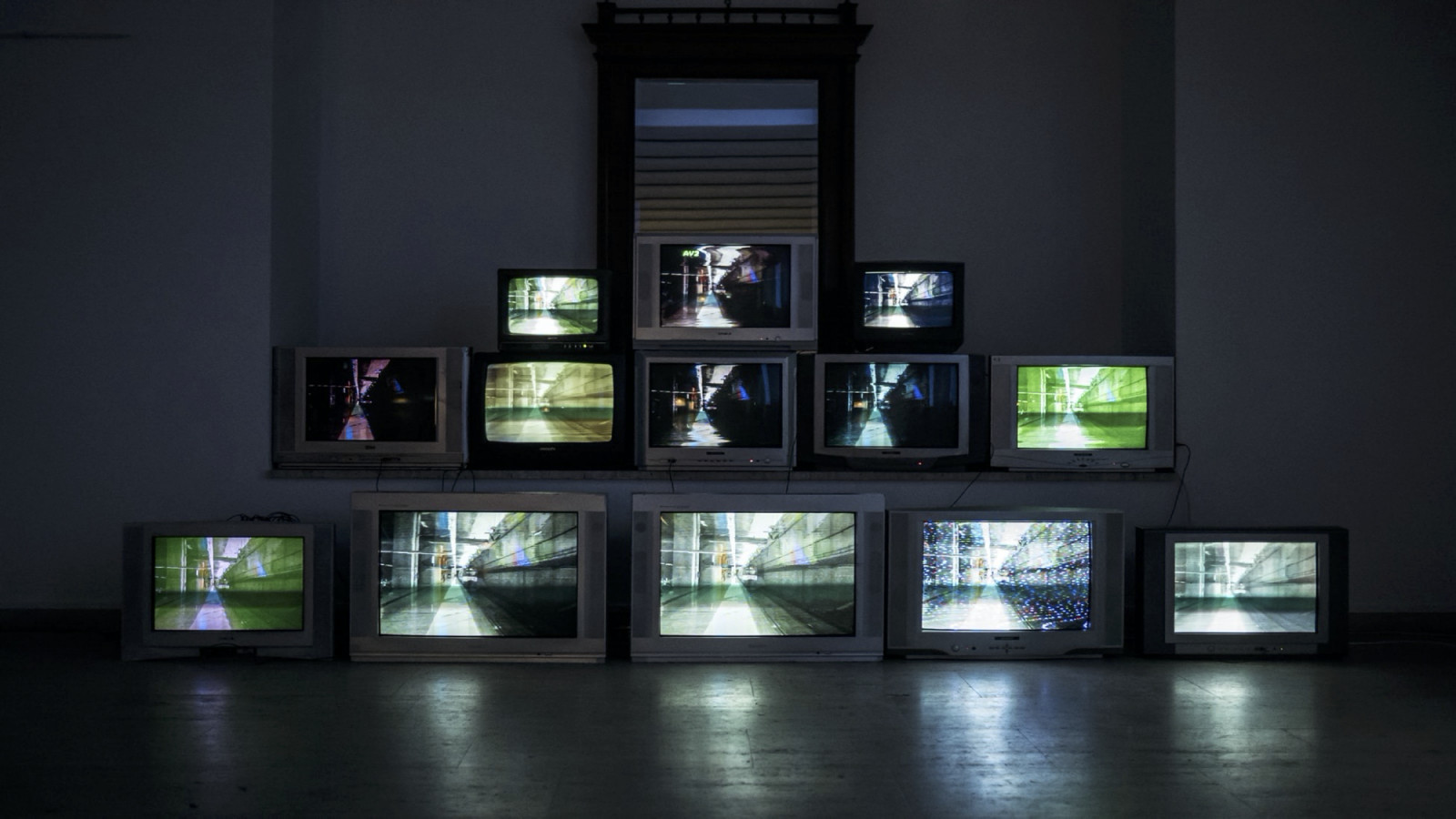From binging to burnout: the creator economy’s fault line


The streaming revolution has been built upon audience choice and control, replacing linear with on-demand and in turn opening whole new consumption paradigms. No user behaviour better encapsulates this shift than binge watching, which is done by 60% of video subscribers. But there is an inherent tension with giving the audience so much control: content is consumed much more quickly. If you are a video service, an entire season can be watched in one or two evenings, whereas in the old world, those millions spent on making the show would deliver a return over a period of months, not two nights. Little wonder Disney+ has gone for weekly episodes of its shows.
As big as the problem is for media companies, however, it is the creator economy that is most exposed. In order to keep up with insatiable audience demand, music, podcast and video creators (and more) are often pushing themselves to their creative limits. Creators are risking burnout in order to meet their audiences’ demand for binging.
When Daniel Ek suggested that artists should be releasing music monthly, he was simply reflecting the realities of streaming-era music consumption. With just 16% of consumers listening to full albums, music audiences are beginning to replicate wider digital audiences: they expect a steady stream of (mostly) new content. The creator economy first met this audience shift with the rise of YouTubers, signing up millions of followers and delivering ‘content’ every day or so. YouTube subscriptions acted as talent feeds, setting the blueprint for content consumption that now dominates social, from TikTok to Instagram. In this world, the creator is locked in a constant battle for attention with every other content provider, big or small. Creators thus end up in a perpetual cycle of content creation to ensure they can remain present in their audiences’ content feeds.
The harsh reality of this environment is that it creates a vicious circle of influence. The more that creators create in order to try to cut through, the more content there is, which means it is even harder to cut through. This is the exact same challenge that record labels and artists currently face on streaming, forced into the volume and velocity game of releasing more music and doing so more frequently. Creators are forced to focus on volume of output rather than quality, and most often feel that however much they create, it is never enough. The net result is a growing number of creators dealing with burnout and mental health issues.
Featured Report
The audio creator opportunity Audio creator behaviours and monetisation potential
Historically, YouTubers and TikTok influencers have received the lion’s share of mainstream attention as a creator class – but audio creators are increasingly active on the same digital platforms and operating within the same formats. As a result, the audio creator has become a jack of all trades, moving between copyediting, audio editing, and ...
Find out more…Audiences and platforms both win in the binge economy, while creators become collateral damage. With content commodified, audiences en masse do not notice as individual creators fall by the wayside, because the platforms’ algorithms will seamlessly slot in another creator who is so close the one that went, that the change will be all but unnoticeable. Platforms may have created the environments in which content is commodified, but by playing the game, the creators themselves have played a central role in commodifying content to the degree that it is content, not the creator, that matters most.
Yet, whatever the role of platforms and creators might be, it is perhaps us, the audience, that is most to blame. It is our ravenous appetite for more that creates the market. Just like Western consumers’ demand for fast fashion underpins Asian sweat shops, binging is creating a digital supply chain which favours production-line output. Some creators are beginning to create work arounds by staggering projects, dropping teasers, or even engaging fans in the creation process and having fan input points become the content they crave. But even these tactics most often require significant creator effort and maintaining a constant dialogue with the audience.
Despite the best efforts of the creator community, the dominant direction of travel is that there is little room for careful craft. Spend three months making a song or a video, and the algorithms will already consider you history.

The discussion around this post has not yet got started, be the first to add an opinion.